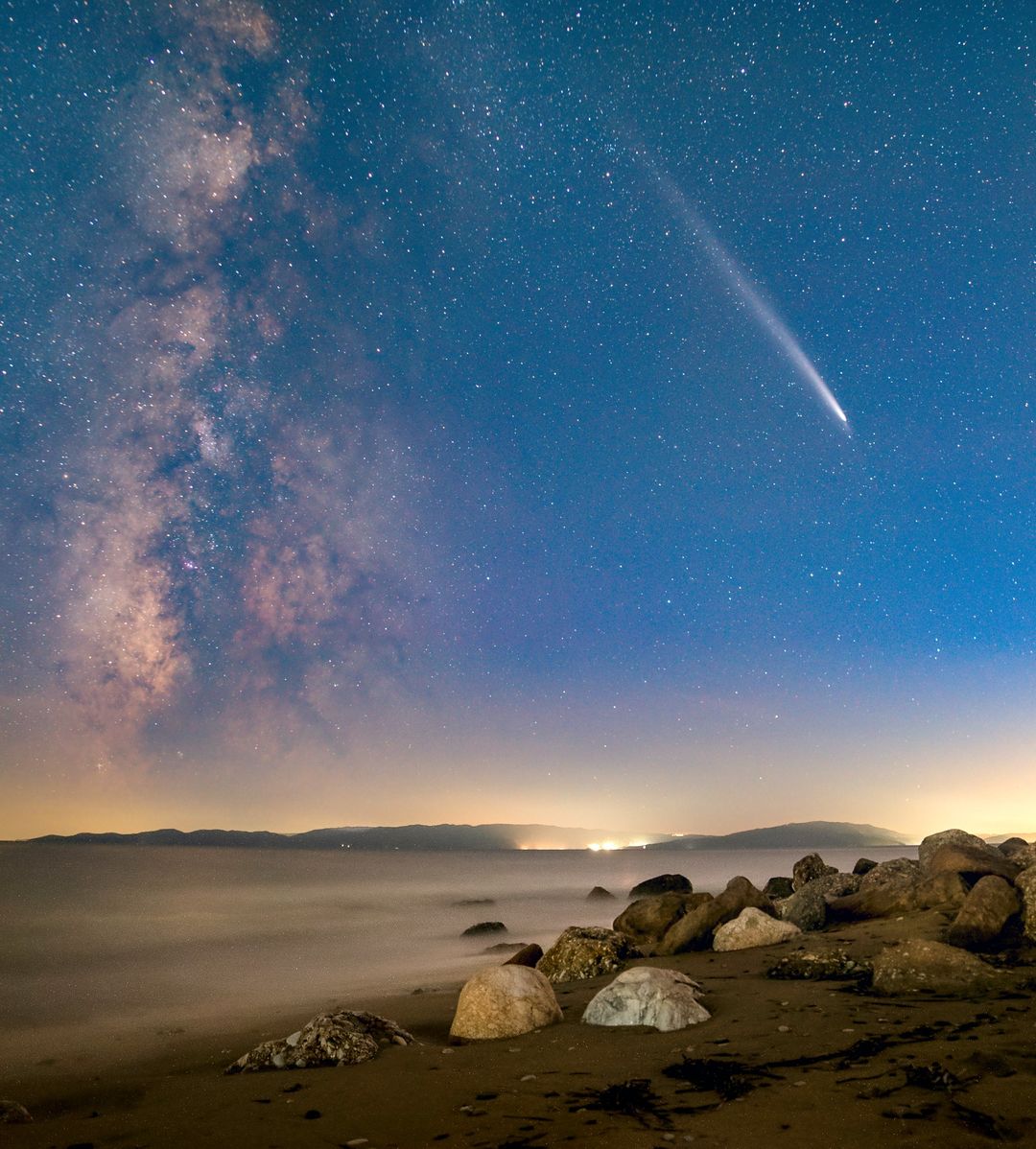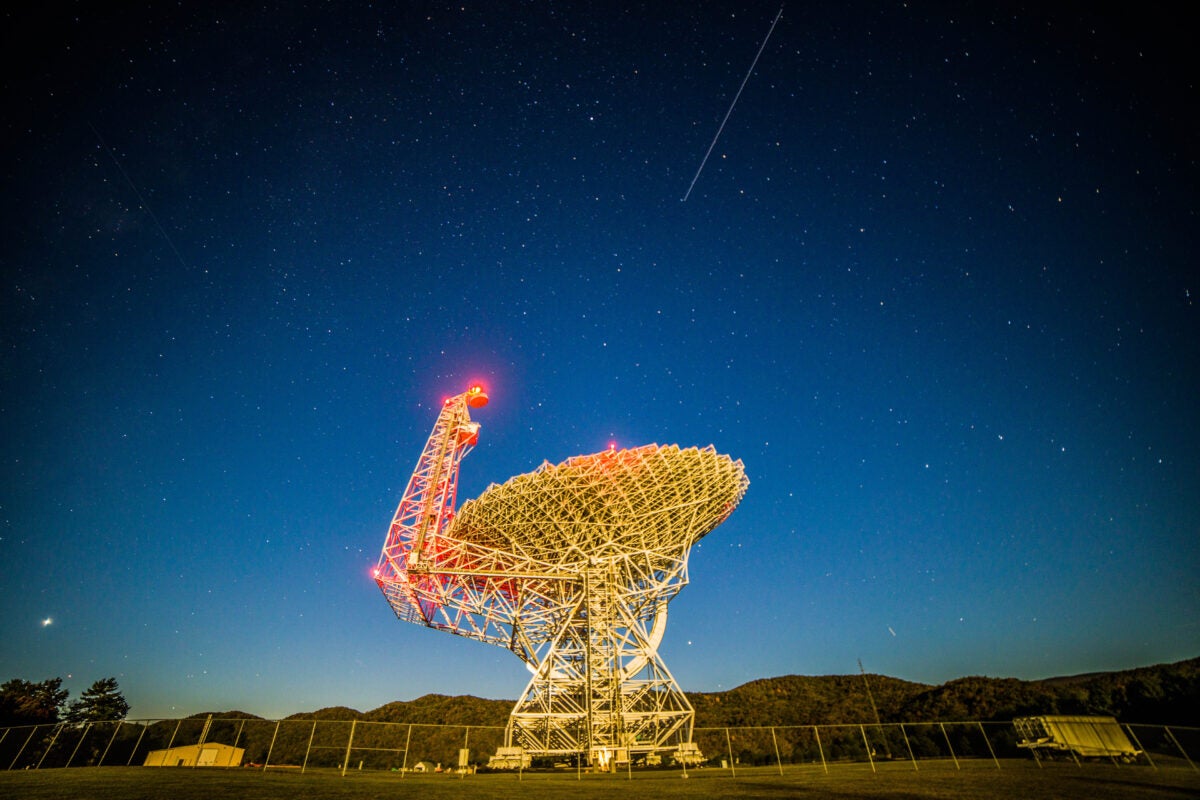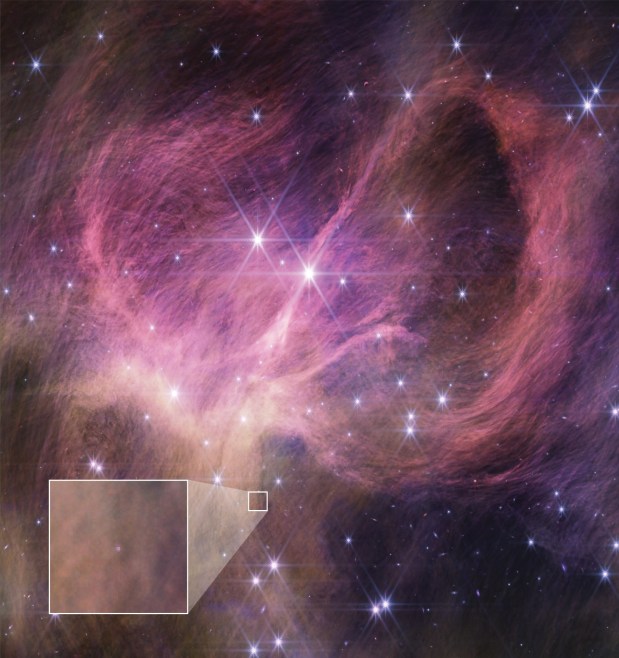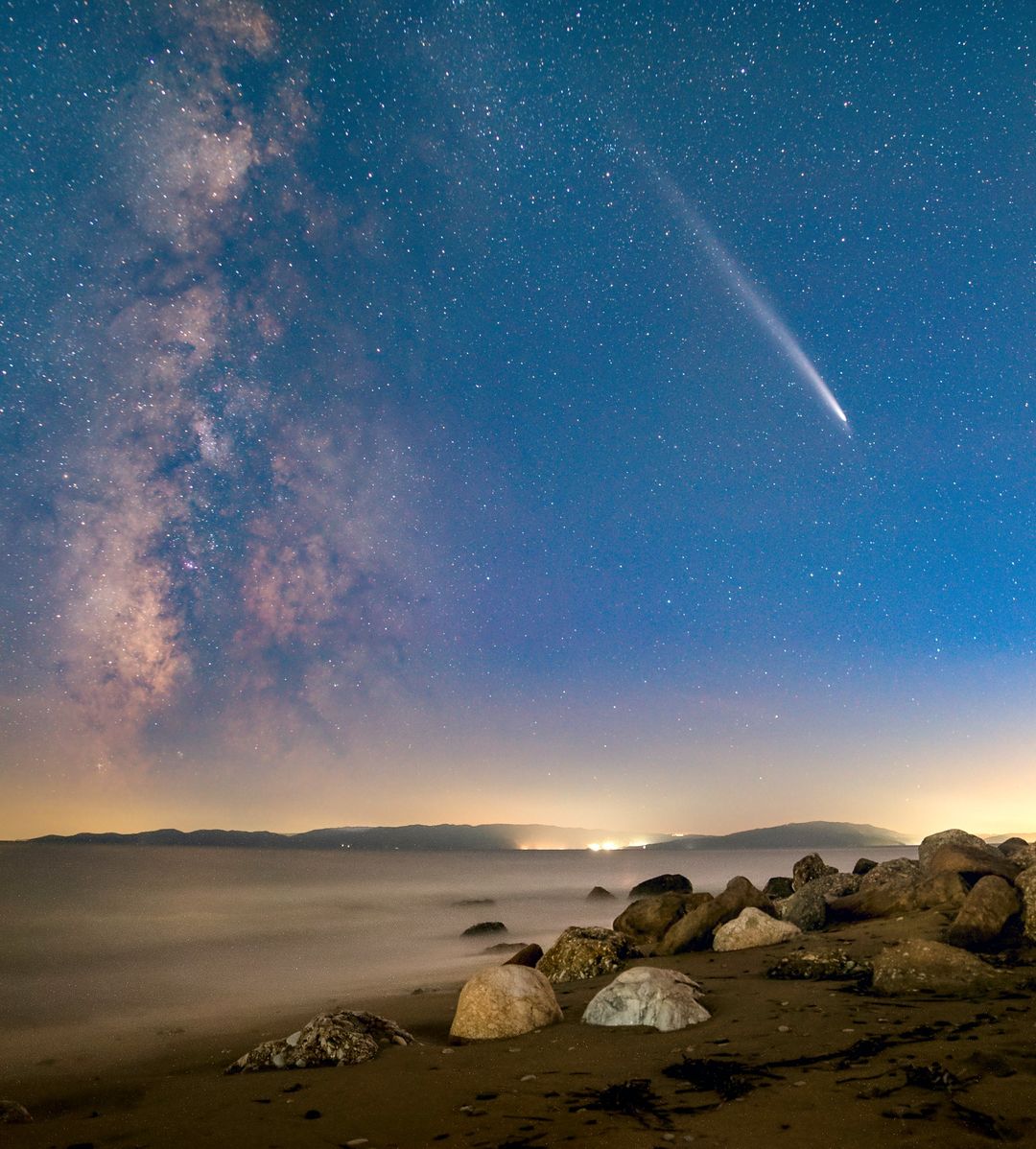
At the height of its brightness, Comet C/2023 A3 Tsuchinshan-ATLAS loomed large beside the Milky Way from this vantage point at Kariani Beach, Greece. Credit: Constantine Emmanouilidi
Stellar Stories
Comet Tsuchinshan-ATLAS now a faint naked-eye object
Moving across the constellation Ophiuchus in the evening sky, Comet C/2023 A3 Tsuchinshan-ATLAS continues to fade as it moves farther away from Earth and the Sun. The comet now glows at 6th magnitude, keeping it as a faint naked-eye object under a very dark sky. But its glory days are over, and it will soon look nice only to observers armed with binoculars or a small telescope. The Moon also reenters the evening sky this week as a waxing crescent that will not help viewing fainter objects like the comet.
Meanwhile, a faint comet designated C/2024 S1 ATLAS, discovered by the same robotic astronomical survey that codiscovered the recent bright comet, swung in close to the Sun on October 28. Passing less than a million miles from the barycenter of the solar system, its center of mass, the comet disintegrated and is no more.
Puerto Rico’s Arecibo Radio Observatory was doomed

In 2020, the second largest single-dish radio observatory in the world, Arecibo, came crashing down in a mammoth accident, destroying the telescope. Now a report from the National Academies of Sciences, Engineering, and Medicine blames the loss of the historic observatory on a combination of neglect and failures.
The report calls out a laundry list of problems with the telescope, which was completed in 1963 and consisted primarily of a 1,000-foot dish built into the surrounding landscape, with a moveable focus cage. The report cites evidence that the cables that supported the scope’s main platform were held in place with sockets filled with zinc, and the zinc was compromised after Hurricane Maria battered the site in 2017.
Human failures also contributed to the collapse. Cable socket failures noted in post-hurricane inspections were not acted on quickly. Bureaucratic holdups also delayed any action to repair the telescope. The so-called “zinc creep” that deteriorated the integrity of the cables was the first such instance noted, and it’s possible that electromagnetic radiation from the telescope’s transmitter also contributed to the catastrophic failure.
Read more: Arecibo telescope was doomed by hurricane damage and human failures, says report
Spaceflight roundup
Following their splashdown on the early morning of October 25, the Crew-8 astronauts made a direct trip to a hospital in Pensacola, Florida. NASA stated this this unusual move was made “out of an abundance of caution,” Three of the four returning astronauts were released in short order and flown to Johnson Space Center in Houston. The lone NASA astronaut who remained stayed overnight in Ascension Sacred Heart Hospital “as a precautionary measure,” and was released the next day. The astronaut, who remained unnamed, “is in good health and will resume normal post-flight reconditioning with other crew members,” a statement from NASA read.
Will Boeing exit the space business? On October 25 the Wall Street Journal reported that the company is looking for a buyer for some of its space programs, including the Starliner vehicle and operations for parts of the International Space Station. Stay tuned.
Reporters are also focusing on Elon Musk’s ties to Moscow. On October 24 the Wall Street Journal reported on Musk being in “regular contact with Russian President Vladimir Putin” since late 2022. Musk is celebrated by space buffs for his SpaceX ventures and alternatively horrified by astronomers for polluting the night sky with arrays of satellites. NASA Administrator Bill Nelson claimed that if the report on Musk’s ties to Russia are true, “that would be concerning.” Musk’s business ties to U.S. military and intelligence agencies give him special visibility into some of America’s most sensitive space programs.
Our Sky This Week
These days the dazzling planet Venus looms low in the southwestern evening sky. The brightest astronomical object after the Sun and Moon, our so-called sister planet shines brilliantly, with the apparent brightness of a –4 magnitude star. Its yellowish color is very apparent to even casual sky observers. Venus of course is nearby, in astronomical terms, currently some 177 million km (110 million miles) away. Take a pair of binoculars or a small telescope out under the stars this week, soon after sunset, and you’ll see a dazzling object. Cranking up the magnification a bit in your scope will enable you to see that Venus is currently 77% illuminated, a fat gibbous disk.
Venus gave planetary scientists many mysteries for years due to its lack of craters. During the solar system’s early days, the inner part near us was battered by countless small bodies, pockmarking the inner planets and moons. You can see a record of this violent era on the Moon and on Mercury. Our planet resurfaces through multiple methods, and in the last generation or so scientists have determined that some three-quarters of a billion years ago Venus resurfaced through catastrophic volcanism, leaving only a small population of craters on its surface.
Word of the Day
Bolide. Head out under the stars on any given night, away from city lights, and you will see an occasional meteor streak overhead. Meteors result from Earth intersecting with small particles left from comets or asteroids, and of course significant meteor showers occur several times during the year and are tied to known parent bodies as their sources. Most meteors are relatively faint, and result from small particles — often the size of a sand grain or somewhat larger — entering our atmosphere and ionizing, kicking off photons in the process.
Occasionally, however, we can see really bright meteors. These result from larger particles entering our atmosphere. Really bright meteors are termed bolides, and they can even sometimes create an audible sound. And in modern times some bright “meteors” that seem to come apart as they streak across the sky have even resulted from spacecraft debris falling out of low-Earth orbit.
The Observatory
Nowadays it seems like every deep-sky object — star cluster, nebula, or galaxy — has a common nickname. A cottage industry has sprung up among astronomy enthusiasts to give a clever name to practically everything in the sky. Only once did I name a deep-sky object, many years ago, in the pages of Deep Sky and Astronomy magazines.
The constellation Cassiopeia is chock-full of great stars and star clusters. One of the bright open clusters here is NGC 457. The first time I gazed at this cluster at length, in my 8-inch scope, it immediately struck me. Two bright stars appeared as “eyes,” and the rest of the string of stars seemed to clearly outline the body, form, feet, and wings of a bird. To me this looked like an owl, and I dubbed it the “Owl Cluster” in articles I had written. The name stuck, and so I had the honor of naming one deep-sky object in a universe filled with thousands of good targets. Check out the Owl with your scope and I bet you will really enjoy the view.
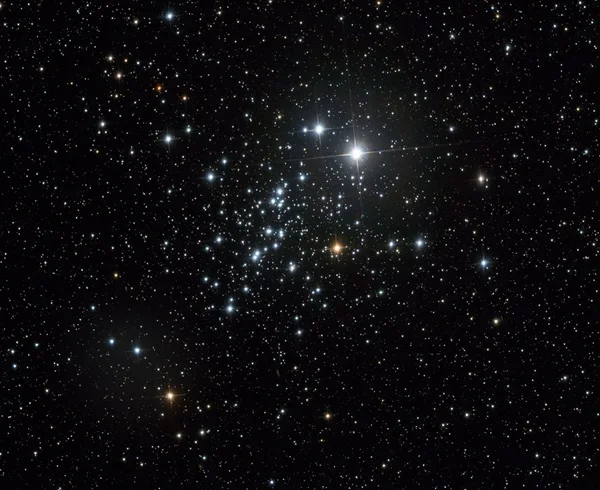
This Week in Astronomy
Each week I produce a video highlighting some of the best observing events going on in our sky, and offering up targets for your binoculars and telescopes. These are created with the support of Celestron, the world’s leading manufacturer of telescopes. You can see the full listing of these videos, and watch them, either by following Astronomy’s social media feeds, or a quantitative listing here.
More from the Latest Issue
The November issue of Astronomy features a comprehensive, state-of-the-art report on the Sun. Our own star is going through an active period these days and of course is the nuclear engine that is responsible for our ability to be alive. Pick up a copy of Astronomy on your newsstand today and visit Astronomy.com to see everything the brand offers.
